Kalupur Temple in Ahmedabad is an impressive structure that combines Indian and colonial architecture. (Photo: Veidehi Gite) |
Founded in 1411 by the ruler of the Gujarat Sultanate Sultan Ahmad Shah I, Ahmedabad was once the capital of the state of Gujarat and the largest commercial center in Western India. The old town with hundreds of wooden houses, temples and traditional residential areas is gradually disappearing, posing an urgent conservation problem for Ahmedabad.
Living Museum
Ahmedabad is like a living museum, where vivid and fascinating historical relics are preserved.
At Teen Darwaza Gate – one of the few remaining from Ahmedabad’s 21 ancient gates – local guide Sanket Bhatt begins his tour through the old town. For him, every brick tells a story, every alley a slice of time.
Jama Masjid Mosque was built in the 15th century and was once used by the royal family. It has 260 pillars and 15 domes. (Photo: Veidehi Gite) |
The journey to discover Ahmedabad's 600-year-old architectural and cultural heritage route takes you through 22 stops from Kalupur Temple to Jama Masjid Mosque. The first stop is the Kalupur Temple, built in 1822, which is a blend of traditional Indian architecture and British colonial style. Corinthian columns inspired by ancient Greek and Roman architecture, Mughal-style domes and golden minarets create a majestic and aesthetic whole.
Along the ancient route, Sanket Bhatt tells visitors about Ahmedabad in Mughal times, British colonial times and the upheavals of conflicts. From clusters of houses called “ pol” , old residential areas where people live according to their professional or religious communities, to havelis ( mansions) with elaborate stone facades, all evoke an East, quiet but still lively.
Nearby, the ruins of the Calico Dome, India’s first modern structure inspired by the dome, are also a sad highlight. Designed by brothers Gautam and Gira Sarabhai, the glass dome was once a creative symbol of Ahmedabad’s textile industry. After the mills closed in the 1990s, the structure fell into neglect, and the 2001 earthquake dealt a devastating blow, bringing it down.
Kavi Dalpatram Chowk, a structure with a statue of 19th-century poet Dalpatram Dahyabhai Travadi. (Photo: Veidehi Gite) |
A special stop is Kavi Dalpatram Chowk, a site steeped in the memory of the 19th-century scholar and poet Dalpatram Dahyabhai Travadi (1820-1898), a key figure in Anglo-Indian literary history. Although his ancient home was demolished in 1985, a serene bronze statue was erected in 2001 as a reminder of the site’s cultural heritage. The journey ends at Jama Masjid, a 15th-century mosque with 260 columns and 15 stone domes that was once the private place of worship for royalty.
The "storytelling" alleys
Strolling through the narrow lanes of Lambeshwar Ni Pol - one of the hundreds of ancient pols of Ahmedabad, visitors will see intricately carved wooden houses, marble facades and windows carved with birds and animals that become a living museum of craftsmanship.
Traditional windows at Lambeshwar Ni Pol, one of the many pols in Ahmedabad city. (Photo: Veidehi Gite) |
From here, the journey through the maze of pols continues to the Kala Ramji Temple, which houses a rare black stone statue of the Hindu god Rama, and the Shantinathji Mandir at Haja Patel Ni Pol, which features carved arches and door frames like pages of stone books depicting ancient life. Here, Jain, Hindu and Islamic architecture blend with the local spirit to create a whole that cannot be found in any other city in India.
Another famous stop is the intersection of Shantinathji Ni Pol and Doshivada Ni Pol, which is home to secret passages, called Kuvavala Khancha , used by people to escape riots during the war between the Mughals and Marathas (1738–1753). These passages, once sealed by the British to control the independence movement, are now known only to locals – a testament to the city’s tumultuous past.
This ancient haveli (villa) features a blend of Hindu-Islamic architecture, with intricately carved pillars, arches and latticework. (Photo: Veidehi Gite) |
Also in these lanes, artisans still maintain traditional crafts such as Pacchedi painting (fabric paintings used in worship) or kite making – an indispensable part of Gujarati festivals.
Zaveri Vad, the goldsmiths’ hub, leads to Relief Road – a modern yet historic thoroughfare. Here, Harkunvar Shethani Ni Haveli, a 180-year-old 60-room house, is a living testament to the craftsmanship of 19th-century Gujarati merchants.
Nearby, Dodiya Haveli, a unique heritage house, offers a glimpse into the early life of Gujarati families in pol, while Jagdish Mehta Ni Haveli, a 400-year-old house, is the oldest surviving example of these streets that still retains the most original features of pol architecture .
Preserving heritage in the heart of the city
Ahmedabad appears as a strange intersection of two worlds : on one side are straight concrete boulevards, new shopping malls and tech parks, and on the other is a maze of winding alleys where time seems to have stopped centuries ago. However, urbanization has taken its toll on the historic city. As the younger generation migrates to developed areas, the old town’s historic buildings face the dual threat of neglect and decay.
The 400-year-old Kala Ramji temple is in disrepair. (Photo: Veidehi Gite) |
One of the buildings that once symbolized Ahmedabad’s creative spirit was the Calico Dome – India’s first glass dome built in the 1960s, but collapsed in the 2001 earthquake and has yet to be restored. Many buildings like Harkunvar Shethani Ni Haveli, despite their great architectural value, have been neglected, while only a few, like Dodiya Haveli, have been restored as heritage hotels.
The shift from communal housing to commercial use is also inevitable. Mahurat Ni Pol, the original settlement of the Jain community from the 15th century, has now transformed into a gold and silver trading area with nearly 100 shops, causing the original architecture to be almost hidden by signs and electric grids.
One of the pols in Ahmedabad. (Source: Wikipedia) |
Ahmedabad is not only a custodian of architectural heritage but also a repository of communal memory, traditional crafts and communal living. The ancient pols, temples, mosques and havelis bear witness to a society that thrived in a multicultural, multi-religious and multi-generational space.
Even in their dilapidated state, these weathered facades and old structures still hold countless stories about Gujarat's cultural heritage - stories that could soon be lost if concrete steps are not taken to preserve these irreplaceable urban treasures.
Source: https://baoquocte.vn/ahmedabad-noi-do-thi-hoa-cham-ngo-di-san-o-an-do-313938.html


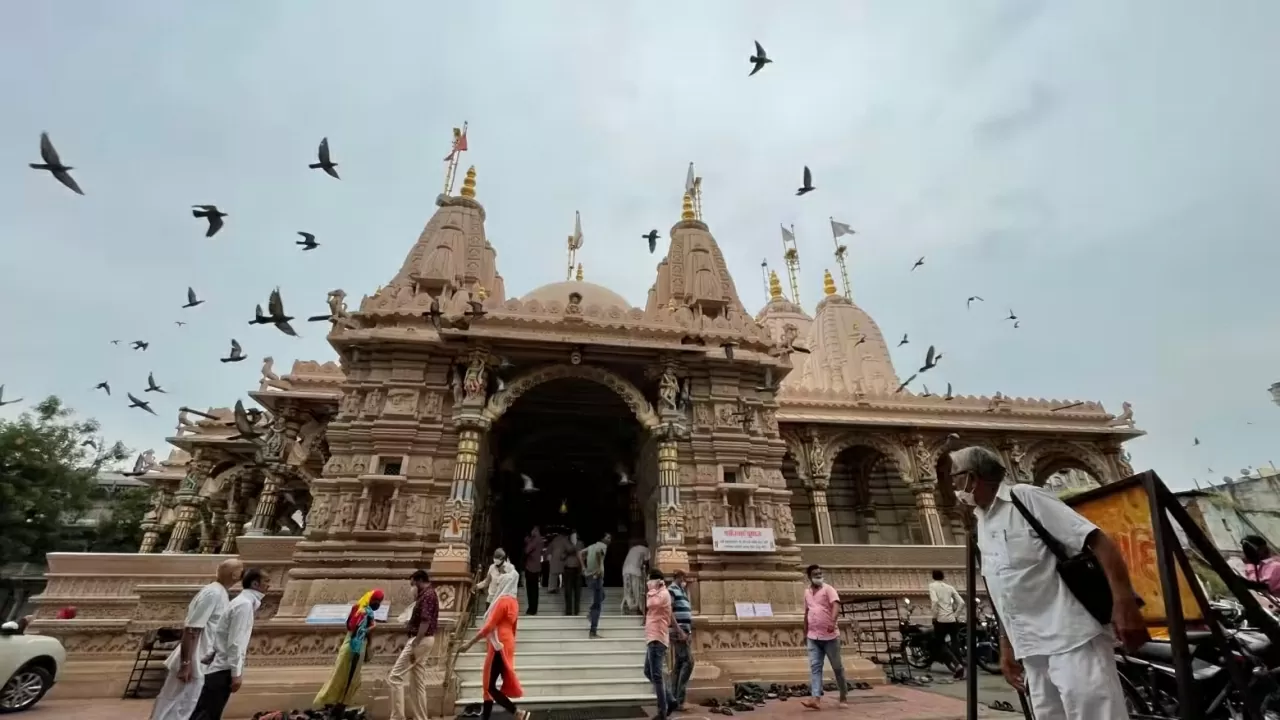
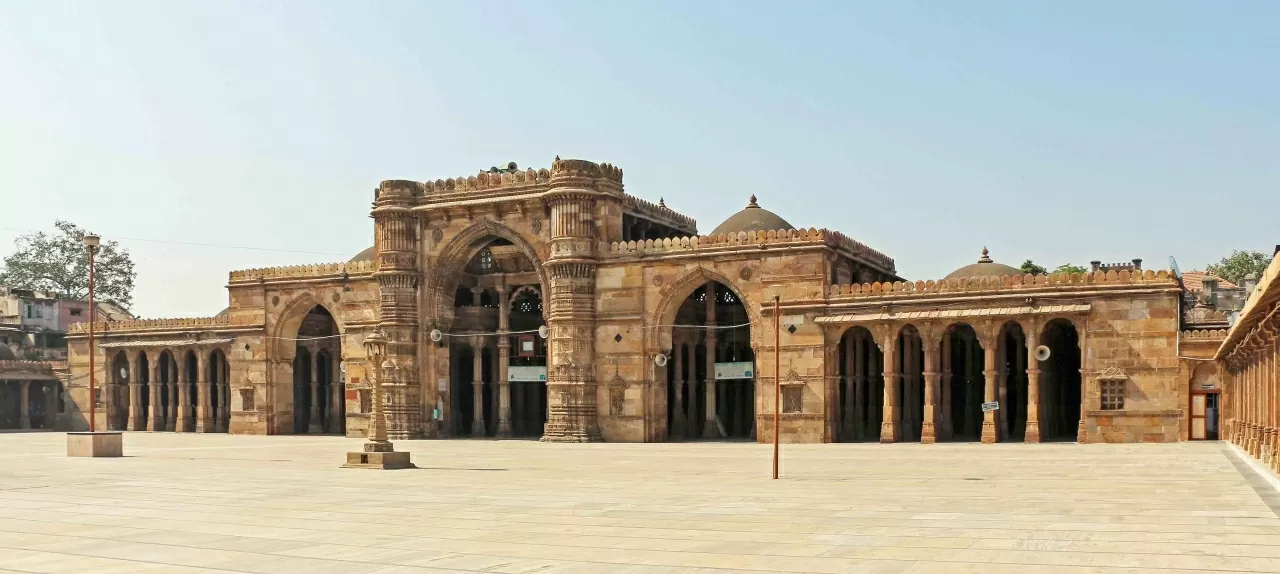
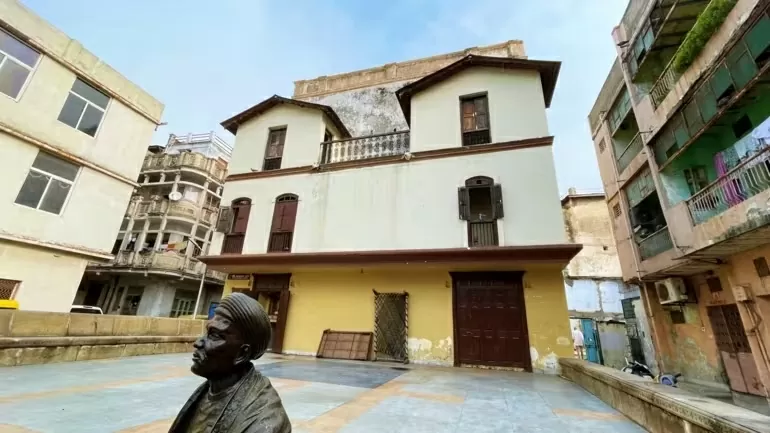
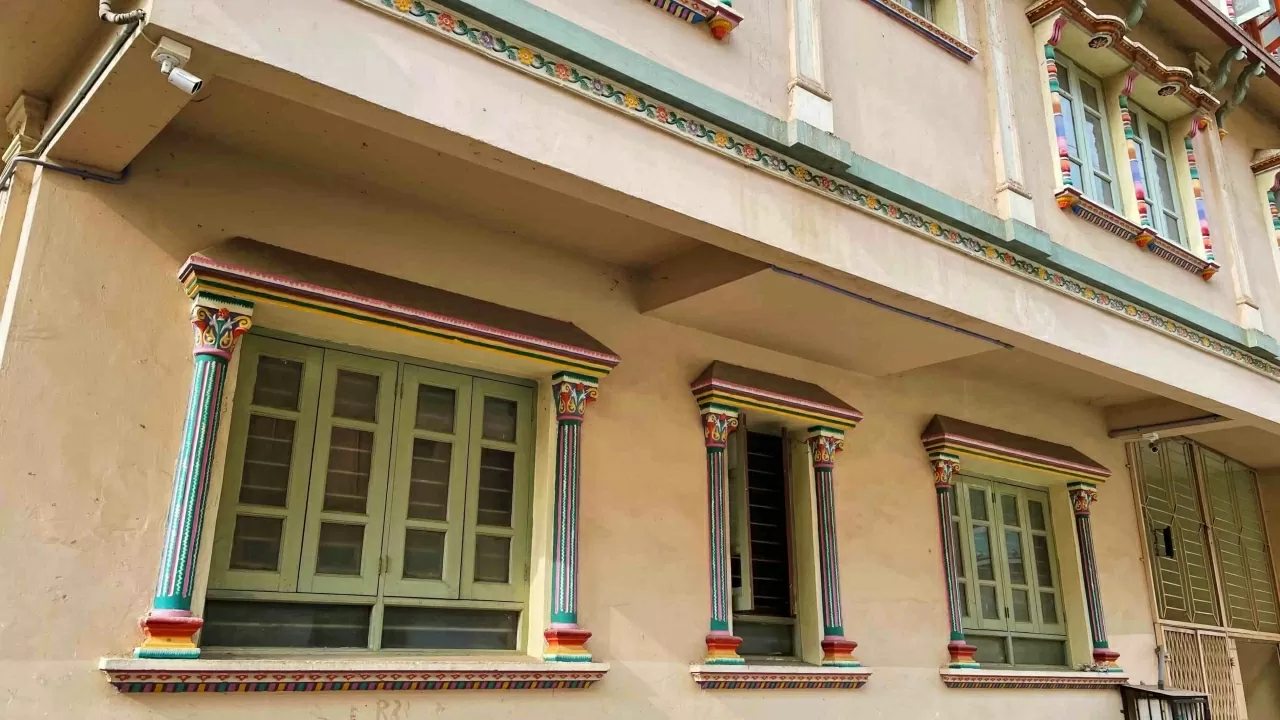
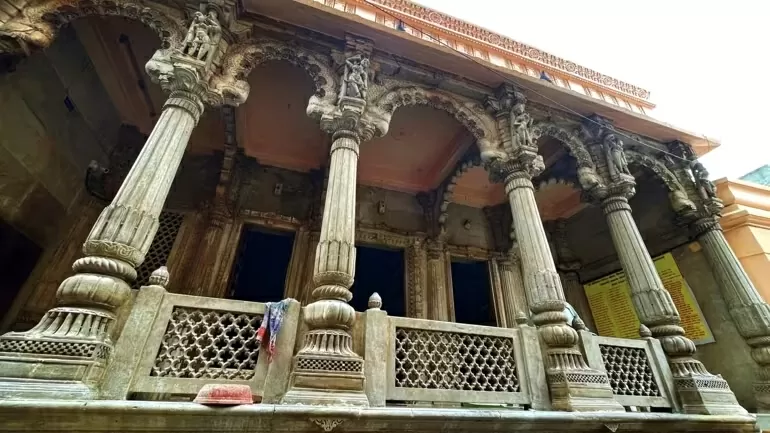
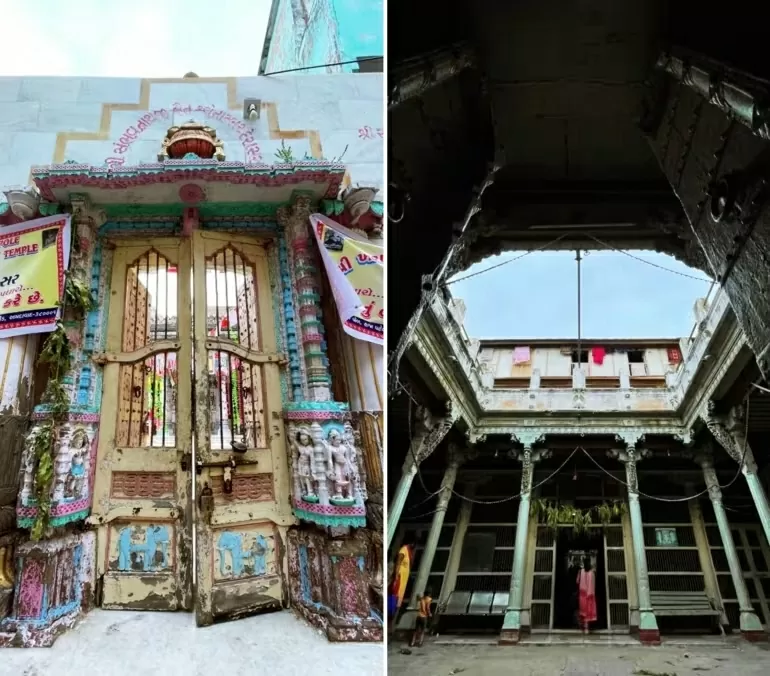
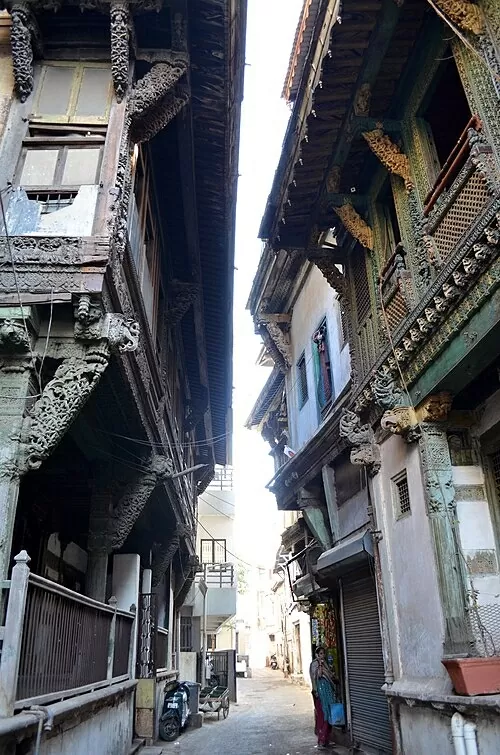

![[Photo] Panorama of the cable-stayed bridge, the final bottleneck of the Ben Luc-Long Thanh expressway](https://vphoto.vietnam.vn/thumb/1200x675/vietnam/resource/IMAGE/2025/9/30/391fdf21025541d6b2f092e49a17243f)
![[Photo] President Luong Cuong receives President of the Cuban National Assembly Esteban Lazo Hernandez](https://vphoto.vietnam.vn/thumb/1200x675/vietnam/resource/IMAGE/2025/9/30/4d38932911c24f6ea1936252bd5427fa)
![[Photo] The 1st Congress of Phu Tho Provincial Party Committee, term 2025-2030](https://vphoto.vietnam.vn/thumb/1200x675/vietnam/resource/IMAGE/2025/9/30/1507da06216649bba8a1ce6251816820)
![[Photo] Solemn opening of the 12th Military Party Congress for the 2025-2030 term](https://vphoto.vietnam.vn/thumb/1200x675/vietnam/resource/IMAGE/2025/9/30/2cd383b3130d41a1a4b5ace0d5eb989d)
![[Photo] General Secretary To Lam, Secretary of the Central Military Commission attends the 12th Party Congress of the Army](https://vphoto.vietnam.vn/thumb/1200x675/vietnam/resource/IMAGE/2025/9/30/9b63aaa37ddb472ead84e3870a8ae825)









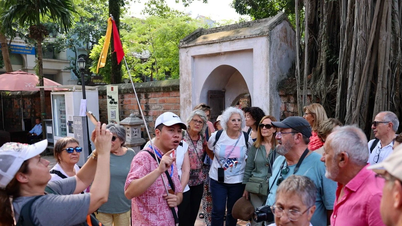






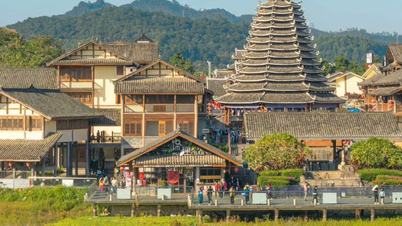
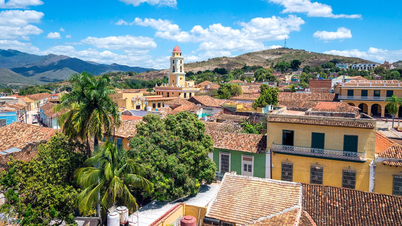









































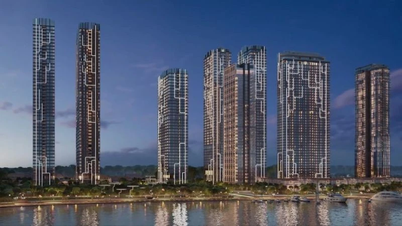
















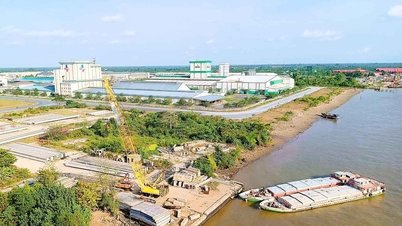
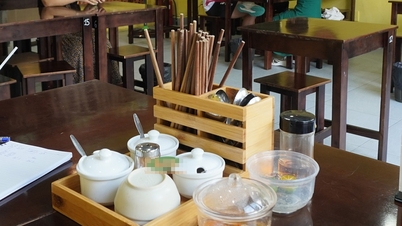

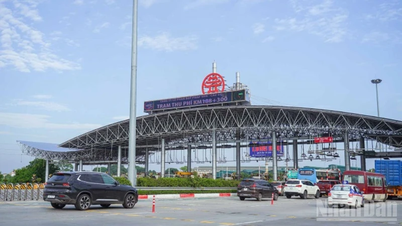












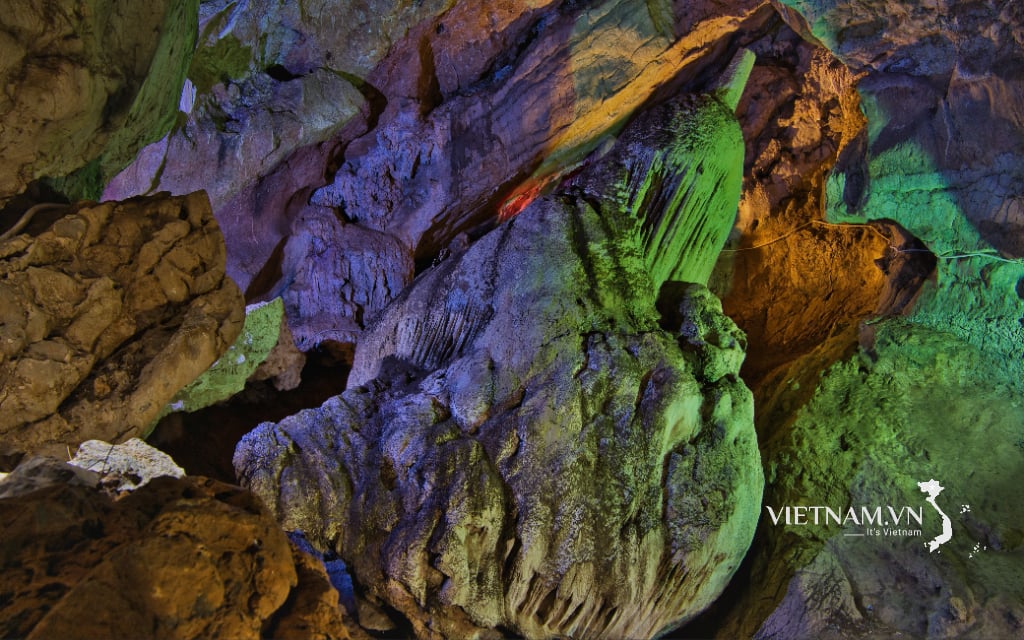
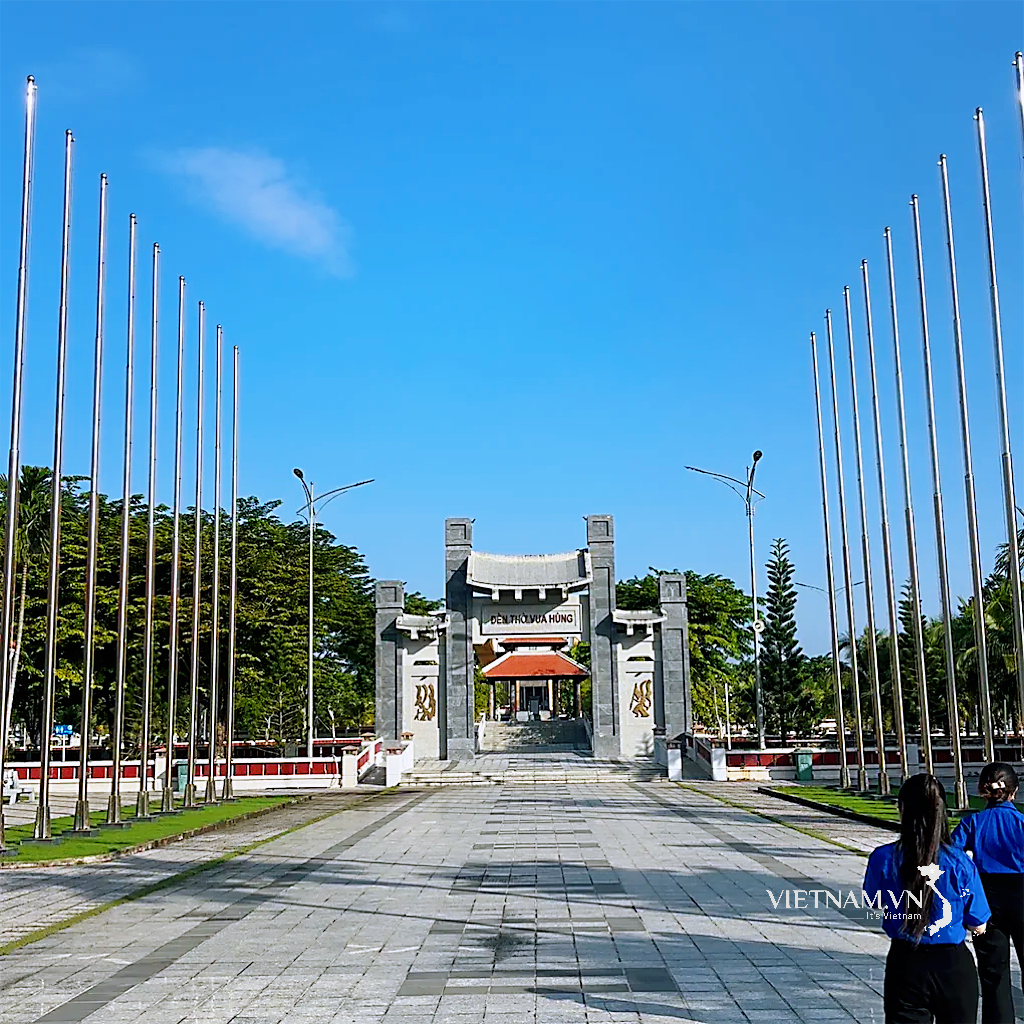


Comment (0)